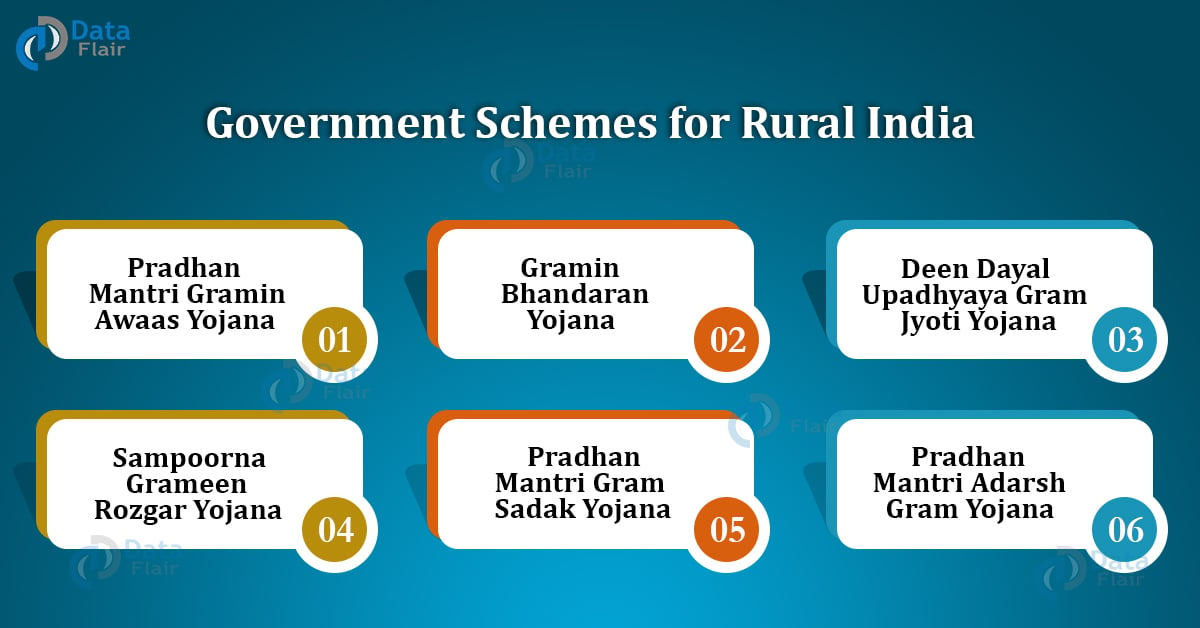EMPOWERING YOUTH: TOWARDS REBUILDING RURAL INDIA
Relevance:
Sociology:
Rural and Agrarian transformation in India:
- Programmes of rural development, Community Development Programme, cooperatives, poverty alleviation schemes.
G.S paper II:
- Governance: Government policies and interventions for development in various sectors and issues arising out of
their design and implementation.
Introduction:

- Youth-led development is the key to a nation’s advancement.
- With about 65 percent of its population under 35 years of age, India is one of the youngest nations in the world.
- According to Census 2011 estimates, 70 percent of the youth population in India comprises rural youth. India’s rural youth then have the potential to be the drivers of its economic engine to power its growth.
Government initiatives:
- The policy focus on empowering youth has been on the aspects of skill development, employment, entrepreneurship, innovation and talent development.
Skill development:

- The Ministry of Skill Development and Entrepreneurship (MSDE) was formed in 2014, as an exclusive ministry to advance skill development.
- The National Skill Development Mission (NSDM) was launched in 2015 to provide a strong institutional framework to implement and scale up skill development efforts across the country. Under NSDM, more than one crore youth are being imparted skills training annually under various long term and short term training programmes.
- Deen Dayal Upadhyaya Grameen Kaushalya Yojana (DDU-GKY) is a skill and placement initiative for rural India.
- Over one crore candidates have been trained under the short-term training programme of Pradhan Mantri Kaushal Vikas Yojana (PMKVY). Long-term skill training is provided through the Industrial Training Institutes (ITIs).
- As a part of the ‘Transformation of Aspirational Districts’, there has been a special focus on skill training of youth in 112 aspirational districts, including those from vulnerable and marginalized sections of society.
- The newly launched National Education Policy 2020 targets phase-wise integration of vocational education programmes into mainstream education by exposing vocational subjects in middle and secondary schools. The emphasis on Vocational Education will be significant in enhancing the employability and all-around development of rural youth. Vocational education can benefit the career prospects of students.
Employment and entrepreneurship:

- The government promotes rural livelihoods under the Deen Dayal Antyodaya Yojana-National Rural Livelihoods Mission (DAY-NRLM). It aims to work towards poverty reduction.
- Rural Self Employment and Training Institutes (RSETIs) enables trainees to take bank credit and start his/her own micro-enterprises.
- The digital livelihood access platform Unnati has immense potential to connect blue and grey collar workers of India with job opportunities offered by employers across the country.
- ‘Aatma Nirbhar Skilled Employee Employer Mapping (ASEEM)’ digital platform aims to bridge the demand-supply gap of skilled workforce across sectors.

Innovation:
- Under the Government flagship initiative, Atal Innovation Mission (AIM), implemented by NITI Aayog, Atal Tinkering labs set-up across the country are helping school students find innovative solutions to problems facing their communities. 68 Atal Incubation Centres (AIC) support more than 1500 startups in the country and over 6000 Atal Tinkering Labs have been set-up to promote a culture of innovation and entrepreneurship in the country.
- The National Al Portal and ‘Responsible Al for youth’ was launched recently to lay the foundation for an Al-powered future.
Miscellaneous:
- Swami Vivekananda was of the view that the youth can lead a successful life for themselves or for others only when they are physically fit. The Fit India movement was launched by the Government to harness the power of youth by creating mass awareness about the importance of fitness. Engagement of rural youth in sports at a competitive and recreational level will help instill pride and also provide them with career and vocational opportunities.
- The Common Service Centres have an important role to play in empowering citizens, particularly the youth, through access to information, knowledge and digital skills.
Recommendations:
Decentralization of skill development:
- There is a need for adopting a decentralized approach to skill development.
- The focus should be on identifying the unique challenges, strengths and potentials of each district. The district administration and civil society organizations would explore the local skills and the local produce that can be tapped and marketed.
- Decentralization of skill development is important for enhancing the outreach of skill training, it is also important from the point of view of social inclusion in rural areas, to ensure that different social groups are able to easily access skill development programmes.
Scaling of skilling infrastructure:
- A mapping of the existing skill imparting capacities and identification of potential skilling infrastructure can enable better capacity building and infrastructure utilization.
- There is the need to come up with innovative methods for providing access to skill and for making skills relevant to the needs of the local population and realize their aspirations.
Collaborative approach:
- Youth leaders, civil society, government and non-government organizations all need to work together in close coordination for the all-around development of youth in rural India. Government functionaries —right down to the grassroots level of the village secretariat — should treat youth as stakeholders, as equal partners and not just as beneficiaries.
- Initiatives need to be taken by State governments, private enterprises and civil society organizations to nurture the talent of youth through various programmes aimed at greater outreach to rural youth.
National digital platform:
- To allow for collaboration among rural youth across the country, a one-stop digital platform may be considered where youth can exchange ideas and come together to implement them. The platform can also link young entrepreneurs to financing and investment.
Conclusion:

- A policy focus on empowering youth with an increased thrust on skill development, employment entrepreneurship, innovation and talent development would be critical to the all-round development of youth, which can, in turn, ensure the development of the country.


Nice Blog Information!